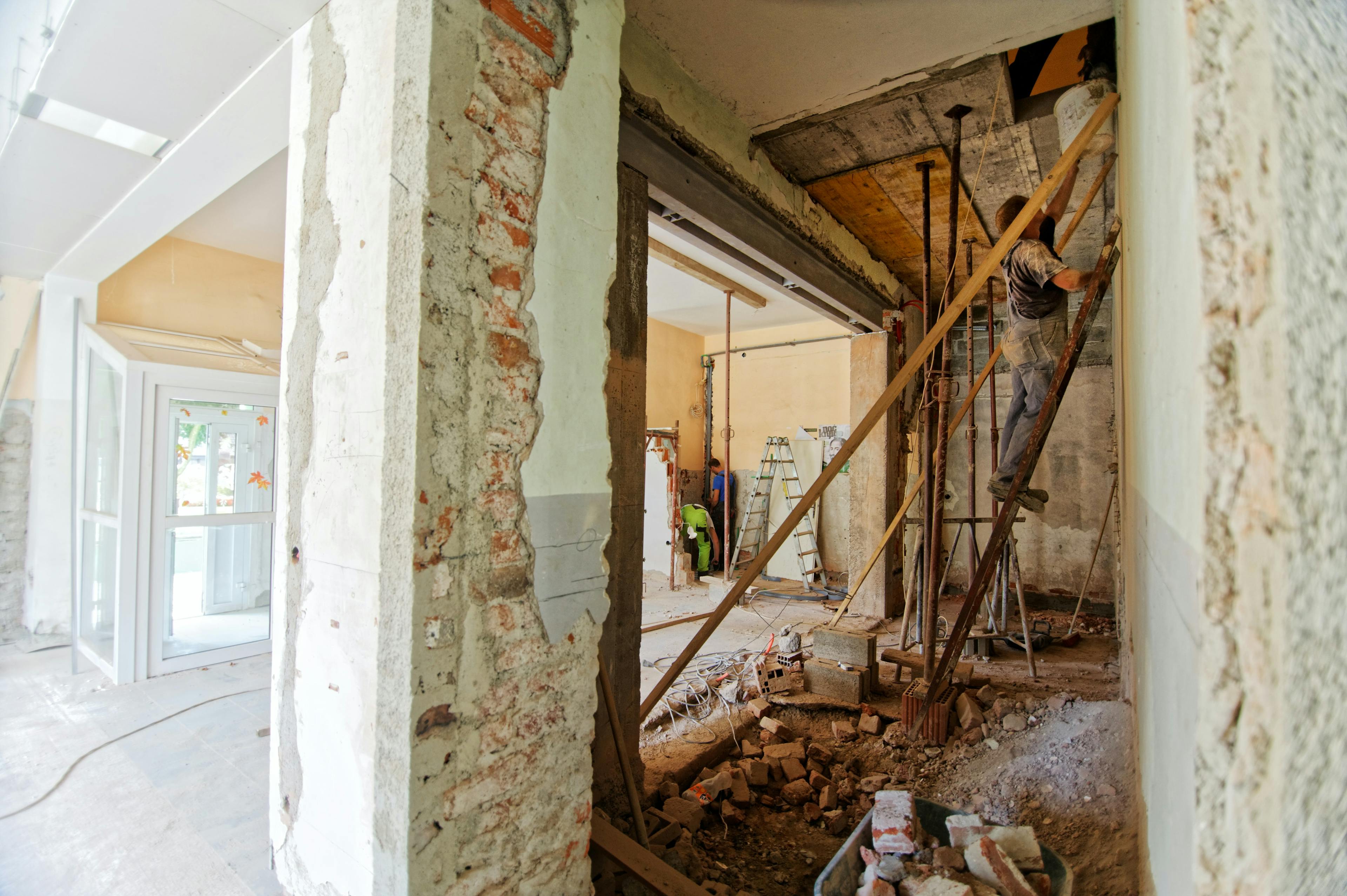When considering the furnishings, equipment and materials used in your new office fit-out, have you chosen products that can be recycled when you don’t want them anymore?
Companies take a lot of pride in their working spaces and the creation of a sustainable office environment, and it’s clear that the trend to reduce operational waste, energy and water is firmly embedded. However, how much thought goes into the purchasing of the furnishings, equipment and materials used in your office, from a waste-reduction perspective?
Some items may contain recycled matter or forestry-approved timber, but is there a product-stewardship system in place? Can they be recycled at end-of-life? These are the questions being asked by groups like WRAP in the UK and are now gaining popularity in Australia.
DfD – thinking about the supply chain both upstream and downstream
The Design for Deconstruction (DfD) movement is now entrenched in architecture and building engineering. In essence, the intent of DfD is about sustainable procurement – designing and constructing buildings in a way that allows materials to be recovered, reused or recycled when the building (interior or exterior) is eventually dismantled.
It’s not entirely new. Leaders in the construction industry have long taken an interest in the upstream environmental credentials of building products and materials, and the introduction of recycled matter, sustainable forestry certifications and low-energy manufacturing are all visibly represented across the industry. Looking deeper though, people are now considering what will happen to these materials when the building is gutted or demolished in the future.
With the average length of a commercial tenancy in the Sydney CBD being only seven years, most installed materials do not come close to their useable lifetime before they are stripped out and, usually, sent as mixed waste to landfill. If we are to change this habit of continuous wastage, the first step is to make sustainable procurement the first consideration for interior and fit-out designers.
Tools such as Life Cycle Assessment and Environmental Product Declarations are now offering a means of developing a whole-of-life approach to product verifications and credentials. These holistic product assessments incorporate the end-of-life effects of disposal, including the offsetting of additional raw materials in the case where products can be reused or recycled.
Everyone can play a role in “designing for deconstruction”
If you are considering a new fit-out or designing a new commercial space (or any space, really!), there are a few simple principles you can follow:
- Minimise the use of composite products – often the adhesives mean separation at end-of-life is impossible
- Use materials worth recovering
- Maintain accurate records and ensure the transfer of knowledge with ownership or tenancy
- Look for products with a take-back or product-stewardship scheme in place – ceiling and carpet tiles, and higher-quality office furniture are a great start
- Strive for simplicity in design
Every person has a role to play in making sustainable procurement a design habit, so next time you’re looking to re-fit or refurbish, consider taking on a whole-of-life approach.
If you’re interested in learning more about Edge Impact’s sustainable procurement and whole-of-life approach please contact Nicole Thompson (nicole.thompson@edgeimpact.global)








